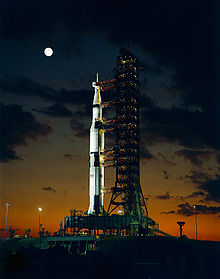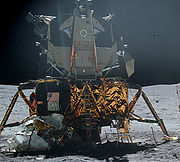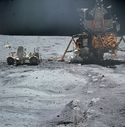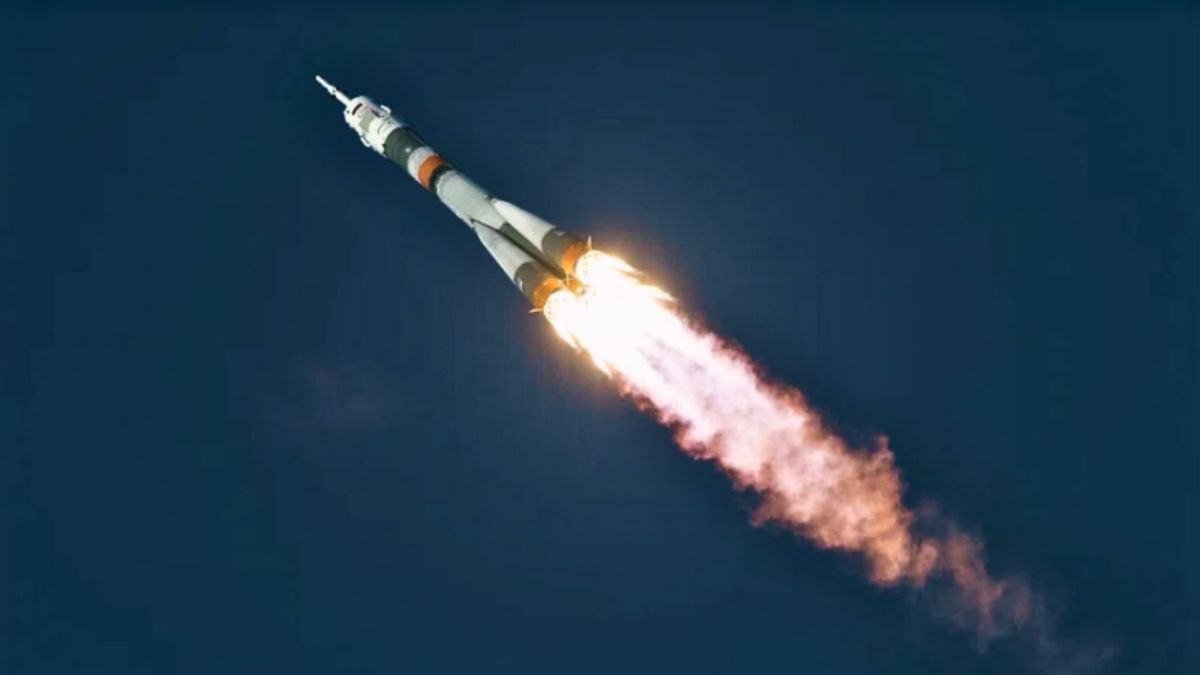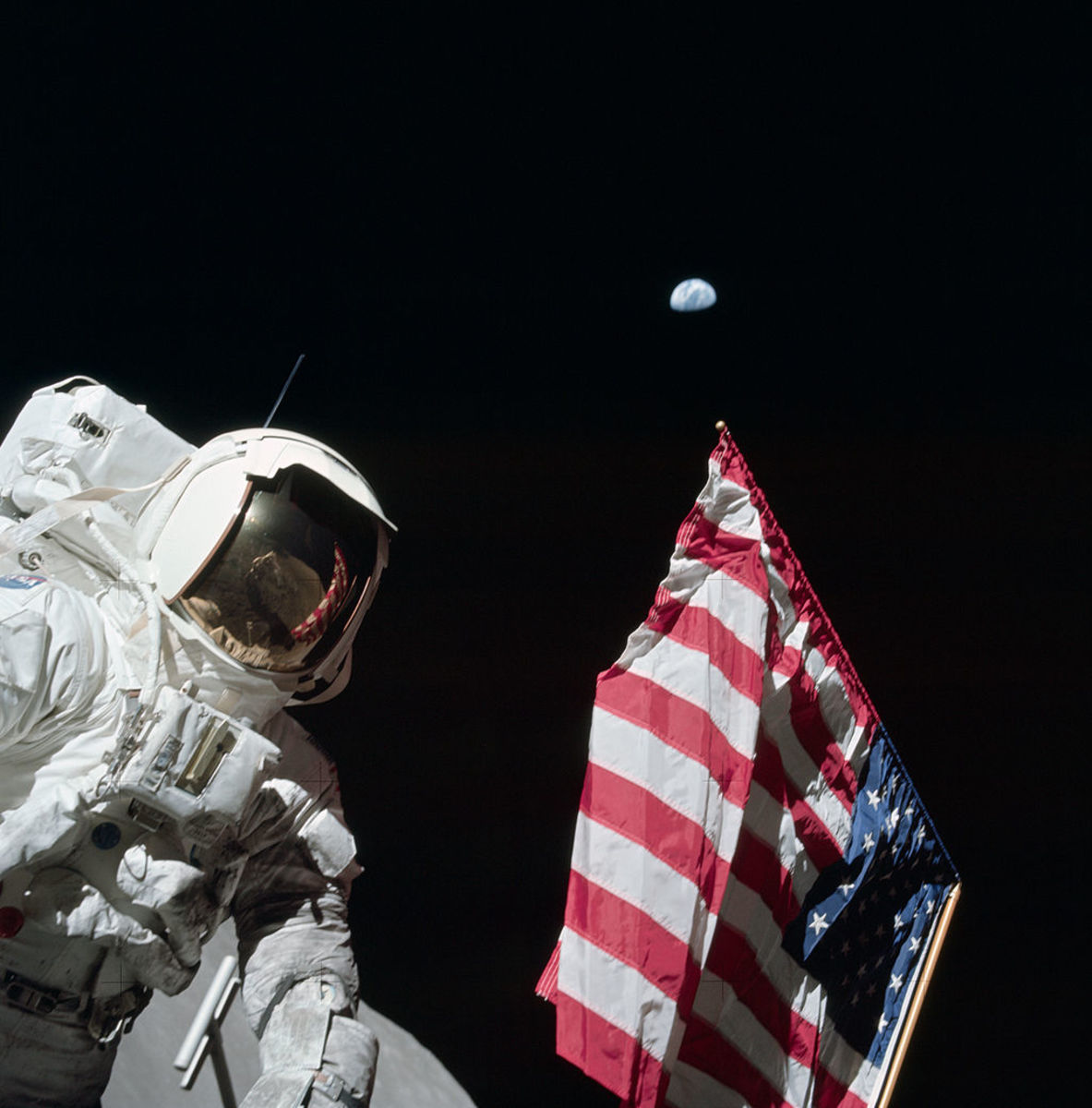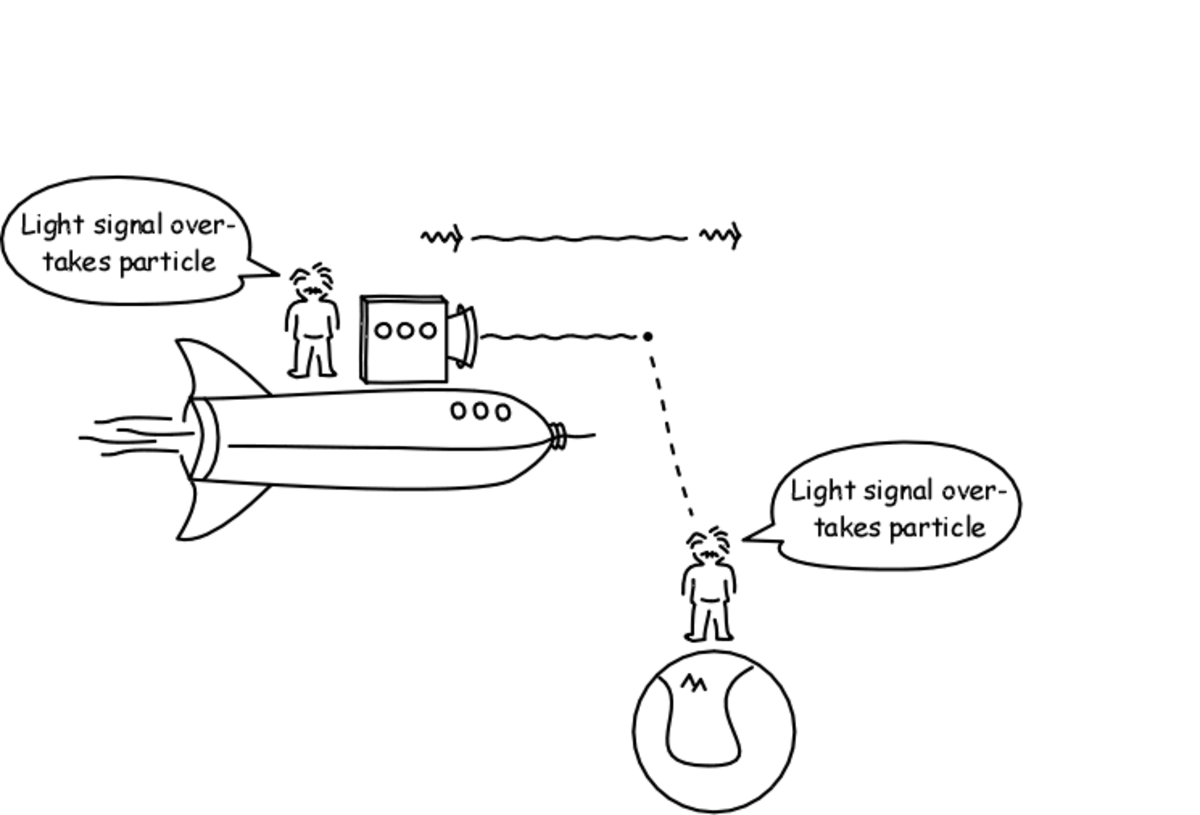Space Exploration Mankind's Final Frontier.
Apollo Missions Lunar Module Craft
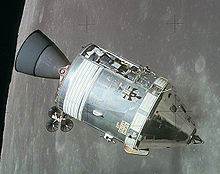
Mankind's Greatest Challenge
During the last century, mankind has had a deep fascination with space, especially exploration of space. "Space Exploration" in its entirety is deemed as the discovery of outer space with physical exploration. Discovery of space needs technology for mankind to use and control physical exploration, incorporating human spaceflights and remote controlled robotic spacecraft. However, both need human intervention to some degree.
Astronomy, observing objects in space from a vast distance, in early astronomy it was virtually impossible to view space, stars, and planets in any detail, only star maps and charts were possible. It was the mid-20th century that man was in a position to view planets and stars in more detail. Being in the position to develop large telescopes, and rockets, this meant that space was coming closer. With the development in rocket technology, physical exploration became a very real possibility, with vast amounts of money being invested during the cold war period. However, during these times of great scientific and technological advancements, there was some criticism of what was being spent on space exploration. This was the time when the "Space Race" began between the United States and the Soviet Union, both wanting to be the first to land a Spacecraft on the surface of the Moon.
Reaching For The Stars
It was the Soviet Union who landed the first blow, "Sputnik 1" launched 4th-October-1957 was the first unmanned, man-made rocket to orbit the Earth. Also in 1957, the Soviet Union was first to send a living being (Dog) into Earth's orbit, quite a feat way back in 1957. It was 1961 that the Soviet Union sent the first human into space, Yuri Gagarin aboard Vostok 1, and it created great expectations of what lie ahead, and the wait wasn't long. On the 18th-March-1965 again, it was the Soviet Union, who sent Aleksei Leonov into orbit, making the first spacewalk, this was followed a year later in 1966, by the first automated landing on the lunar surface. However, the main event was still to come, as we all know too well, 20th-July-1969 the United States landed on the lunar surface. Not only a lunar module but astronaut Neil Armstrong the first human to set foot and walk on the moon. He was closely followed by Buzz Aldrin with Michael Collins in lunar orbit, piloting the command spacecraft. The Apollo Missions, or( Apollo Program) carried on up to 1972 and was ended due to huge costs. Their mission was near complete as set out by President John F Kennedy in his address to congress on the 25th-May-1961. He stated the mission was "landing a man on the surface of the moon and returning him safely to the Earth by the end of the 1960's", and this pledge was fulfilled. I was a young child during the Apollo Missions in the early seventies, I can remember getting out of bed with my Father and Brothers at 2am to watch the missions, especially the lunar landings. All my Brothers remember the first lunar walk by Neil Armstrong 1969, with all the excitement, the anticipation that went with it, and of course those famous words ("One small step for man, one giant leap for mankind").
Following the first lunar landing, the Apollo Missions landed five more times on the surface of the Moon. However, the public for some reason was losing interest, with media coverage becoming less and less, being virtually non-existent during the missions. Yet, during the fateful mission of Apollo 13 in 1970, public interest spiked once again. When the oxygen tank on the command spacecraft exploded, disabling life support and propulsion. The whole crew had to take refuge in the lunar module, using its functions enabling them to return safely back to Earth. Due to the nature of this flight's dramatic events, public and media interest sky-rocketed once again, only to disappear just as quickly once the crew had landed safely.
By 1972 the Apollo program was over, and no further lunar landings or missions were commissioned. However, NASA ( National Aeronautics and Space Administration) kept going to space by the late 1970's a new spacecraft had been created by NASA. A vehicle capable of not only orbiting Earth but, re-entering the atmosphere and landing ready to be used again. This was "The Space Shuttle", a craft that was piloted, capable of carrying cargo in its vast cargo hold, supplying materials used in constructing "The International Space-Station". At this point, we must mention "The Soviet Space Program", as they played a massive part in "The Space Race". The USSR-("Union of Soviet Socialist Republics"), got the first cosmonaut into space, the first spacewalk, and constructed the first space-station namely "MIR". While the United States had one agency, primarily in charge of their "Space-Program"(NASA),the Soviet Union had several agencies and design groups, all fighting for position. Korolyov was leading the way, followed by Mikhail Yangel, Vladimir Chelomei, Valentin Glushko. As with most things in the Soviet Union at that time, the Space Program was highly classified and secretive, and every mission had a complete success before any announcements were made regarding the mission.
The Soviet Space Program to its credit constructed the very first "Space Station", named "MIR". Constructed in low orbit between 1986 to 1996, orbiting the Earth at an altitude of 184miles(296km) to 262miles(421km). Today "MIR" is replaced by the International Space Station, again a low orbit satellite at an altitude of 205miles(330km) to 270miles(430km), completing 15.7 orbits of Earth per day.
Man's Fascination With Space
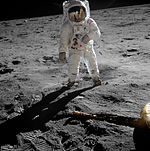
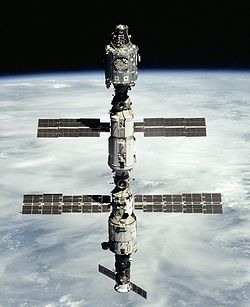
Creating Limitless Speed
Up to this day mankind has only managed to travel physically to the moon, and no further, the question is can we ever visit the planets in our "Solar System". And what about stretching our boundaries, will mankind one day manage to leave the confines of our "Solar System". Is that still science fiction, or will it be a reality within the next century or two, there are many variants to this question. To start with, only "Robotic Entities" has mankind managed to send to Mars, the "Mars Rover" missions(MER) though being a huge success, and lasting 25 times over its original mission duration, still no physical presence has been sent.
The fact is to leave the confines of our Solar System one would need huge leaps forward in technology, especially in propulsion. This is the main ingredient for interstellar travel, speeds must reach "Speed of Light", or better be in excess of, "Alcubierre Drive" or "Warp Speed", these are just some of the terms used. We all know of "Warp Speed", made famous by the Star Trek franchise over the years. However, there is a problem with traveling at, or beyond the Speed of Light! Instead of looking to the future, look back in time to "Einstein's laws of Relativity", by Einstein's laws faster than, or at the same speed as light is prohibited. It is science that is prohibiting traveling as fast, or faster than the speed of light, that is if we still agree with Einstein's theory. But what if things have changed, or, that new theory are coming to light about the speed of light. Some say, in a singular theory that light speed might vary, physically it is said that solid matter cannot travel at, or faster than light. If this is the case, how will we ever manage to explore space, this depends on the various theories of space travel. What if the speed of light changes, some say it does at certain moments-in-time, or under perfect conditions. This entails "space" to carry an object or "vessel" and exceeding light speed. For this to happen we would have to manipulate space and time, letting space carry the vessel, very similar to how an ocean wave carries a surfer and his board. And believe it or not, this form of transportation has a name, "Alcubierre Drive", given the name of the Mexican physicist Miguel Alcubierre who derived this theory. Fantastic though it seems, the actual vessel or object would have to be inside a "warp bubble" with space transporting the bubble at, or faster than the speed of light. However, there could be difficulties to overcome with this theory too, though not violating Einstein's theory, everything would have to be pre-planned, and in staggering detail. To keep it simple, think of a train running on its tracks, everything is there, laid out in front, same would happen in space. The Alcubierre drive would be set out, like a railway track, everything on a pre-set path through space, and its destination also pre-set. However, one slight problem, the Alcubierre drive "track" would have to be laid at light speed. Another problem to consider is control, steering the vessel, guiding it to avoid asteroids, or planets, and stars even, as light couldn't penetrate the warp bubble, in receiving and sending signals.
Speed of Light a Must
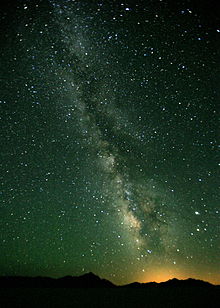
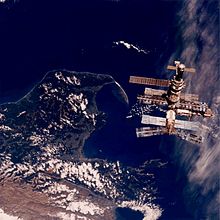
Reaching Light Speed and Beyond
Since travelling at the speed of light, or faster is out of the equation, how will we ever reach planets and stars that are 100 million light years away? Simple, bring them closer, far fetched, maybe, however, there is a theory in place "General Relativity", that wormholes exist. Now we are getting into "Star Trek" territory, science fiction being unbelievable. Although way ahead of our knowledge of physics, and science, there are small theories to what they are, and how they occur. In a nutshell, a wormhole is just a tunnel through time and space, which in-turn brings distant objects much closer, in connecting the two points together. Do they exist, there is no evidence to substantiate they do, yet, there is no evidence to say they don't. Although there is nothing proven that they violate the laws of physics, their existence is still doubtful.
If wormholes are non-existent, how will interstellar travel be possible, the Einstein-Rosen bridge, a different form of wormhole created by the effects of a black-hole. The theory is, a black-hole sucks all light and energy into itself, once through, the light is repelled from the other side, this being a white-hole. It is this white-hole that is the key, as it repels light and objects away, and coincidently all objects are repelled at the speed of light. This is the Einstein-Rosen bridge, and if found it would enable speed of light travel. However, there is a problem here too, the wormhole would collapse before being sucked by the black-hole, to enable it to be repelled by the white-hole on the other side, to reach its desired destination at the speed of light, or faster.
What does the future hold for mankind to reach the stars, as regards what we currently know in physics, it seems impossible for us to reach any destination that is outside our Solar System. Even here, it would take near-on an eternity for us to reach the furthest planets in our Solar System, all this still seems like science fiction. Yet, technology is constantly changing, evolving, with new techniques, and our understanding getting better with research. Who knows what the future holds, hundred years ago getting men into space was unheard of, and out of this world. Who could have imagined 150 years ago, that a huge steel machine (Carbon Fibre Today) weighing approximately 562 tons (1,240,000lb), would take off and fly at 30,000ft at speeds of about 560mph, carrying 500-600 passengers all over the world. Need we say more, the future is what we make it, and if technology evolves over the next 100-150 years like it has up to now, then interstellar travel at light speed or faster (Warp Speed), seems very real and possible, and not impossible.
Mankind's Earliest Space Exploration
